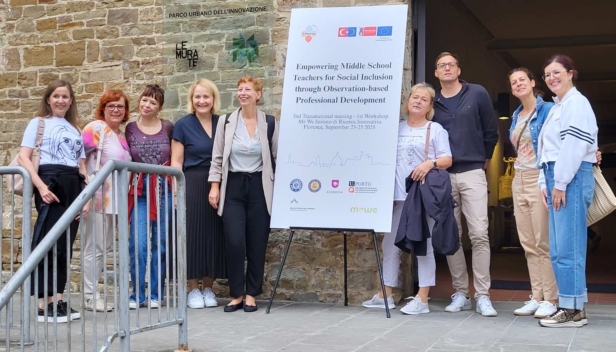Design of an application for literature search and academic task organization
Graphic Design

The thesis addresses the design of a digital application concept for literature search and academic task organization. The study process is often fragmented across multiple tools such as search engines, citation generators, note-taking applications, and calendars, which leads to loss of time, lack of clarity, and additional stress.
The aim of the thesis was to develop a prototype of a user interface that integrates key functionalities: smart literature search, structured organization of sources, automatic citation generation, and study planning.
The research was based on an analysis of existing solutions, the design of a prototype in Figma, and testing with a group of seven users. Participants completed predefined tasks and evaluated the prototype through a questionnaire.
The results showed that the application was easy to use, visually appealing, and motivating. Particularly highlighted were the functionalities of automatic citation, structured projects, and the AI assistant, which participants rated as the most useful.
Challenges arose mainly with the citation button and task planning, confirming the need for further improvement. The findings confirmed that a well-designed user experience increases the willingness to use digital tools and reduces users’ cognitive load.
The study demonstrated that even a prototype solution can already have a significant impact on the academic process and the student experience.
The conclusions indicate that the proposed application could significantly improve clarity, organization, and motivation for both students and professors in academic work. The thesis not only provides a theoretical overview but also a practical insight into designing a solution with real value in the educational environment.
Users repeatedly emphasized that they would use such a tool in their daily study process, while also suggesting improvements such as clearer citation buttons, dark mode, and multilingual support, pointing to the potential for further development. This opens the possibility of upgrading the prototype into a fully functional application that could have a broader impact on the academic community.





